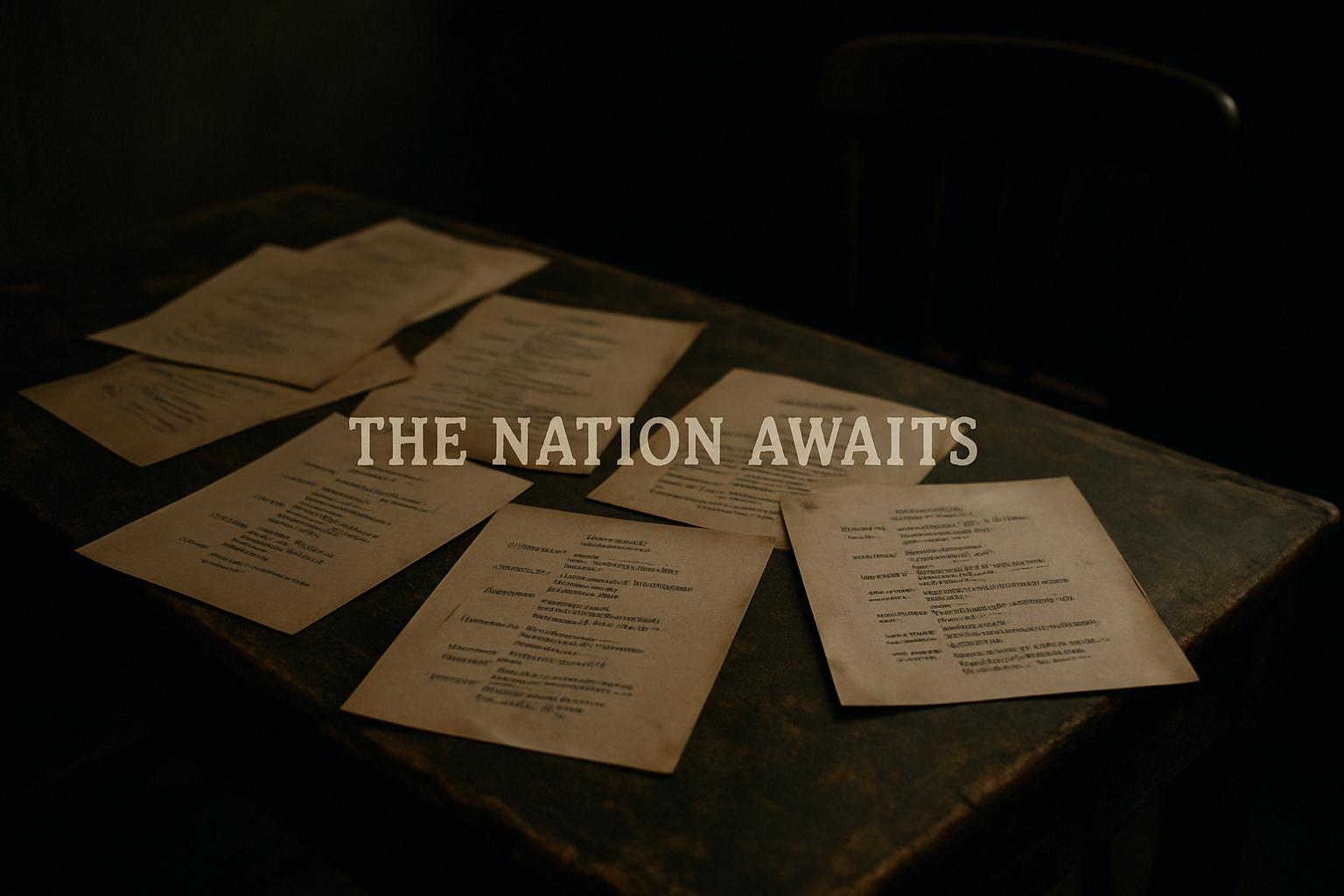Seventy years after Britain’s first television advertisement aired, the landscape of TV advertising has transformed from basic black-and-white demonstrations to sophisticated, emotionally resonant campaigns that not only sell products but also shape societal conversations. ITV, commemorating this milestone, has released a comprehensive report highlighting the top 70 TV ads of the past seven decades. The study, developed in partnership with System1 and D&AD, underscores the enduring power of creativity in TV advertising, even as the medium navigates a more fragmented audience landscape.
The origins of British TV advertising were modest, reaching just 100,000 homes in London and the southeast on specially adapted television sets. Budgets were limited, and most ads were straightforward product demonstrations or jingles. Since then, advertising on television has evolved to prioritize emotional storytelling and bold creative ideas that forge lasting connections with viewers. According to Kate Waters, ITV’s director of client strategy and planning, the broadcaster sees fostering creativity as a vital responsibility beyond simply selling airtime. The report reveals that 45% of viewers experienced happiness while watching the top 70 campaigns, notably higher than the average 33% emotional engagement typical in UK TV advertising.
Among the most iconic campaigns featured is Compare the Market’s ‘Compare the Meerkat’, which debuted in 2008. The fictional character Alexandr Orlov, brought to life by VCCP, transformed the mundane insurance comparison market into a source of entertainment and cultural relevance. The campaign’s unique blend of humour and personality turned the meerkat into a beloved figure in British popular culture, embedding catchphrases like "Simples" into everyday language. Tom Wallis, Compare the Market’s chief revenue officer, noted that while the spend on audio-visual media has remained steady since the campaign’s launch, the distribution focus has shifted from traditional linear TV to video-on-demand and social platforms. Nonetheless, Wallis asserts that linear TV’s immersive format remains unparalleled in reaching mass audiences and delivering memorable storytelling.
The success of ‘Compare the Meerkat’ illustrates a strategic creative asset System1 terms a “fluent device,” one that builds long-term fame and emotional resonance through consistent use and evolving storylines. Wallis highlights how the meerkats’ cultural impact is a testament to the campaign’s ability to foster ongoing public engagement. This campaign, along with others like Sport England’s ‘This Girl Can’ and Bodyform’s ‘Viva La Vulva’, demonstrate how TV advertising can reflect and influence societal attitudes, contributing to broader national conversations around inclusion and empowerment.
System1’s research also highlights the pitfalls of bland advertising: neutral emotional responses are the most common, with almost half of UK TV ads evoking no strong reactions. Waters points out that advertisers often misjudge the risk of creative work, seeing it as inherently risky while underestimating the danger of being ignored. The ‘cost of dull’—an extra £10 million in media spend to achieve the effectiveness of emotionally charged ads—illustrates the financial and brand impact of uninspired campaigns. The top campaigns identified in ITV’s report significantly reduce this risk by combining unconventional ideas, dramatic emotion, and extraordinary craftsmanship.
Sport England’s ‘This Girl Can’ campaign exemplifies TV’s continuing power to drive social impact while also being commercially effective. Launching across digital and primetime television, it addressed barriers women face in physical activity, sparking widespread discussion and social media engagement. Kate Dale, Sport England’s director of marketing, acknowledges the increasing complexity of paid media strategies in 2025 but maintains that television remains central for reaching communities collectively and sparking conversations.
The importance of authentic representation is reinforced by System1’s ‘Feeling Seen’ research, which shows that ads featuring diverse characters perform better in emotional intensity and business outcomes, particularly within diverse audiences. Sport England’s recent campaign iteration, supported by the first paid media push since 2020, relied on AI-driven analysis to address the underrepresentation of Black women, South Asian women, women with disabilities, older women, and pregnant women in sports imagery online. Dale emphasizes the necessity of using paid media to ensure the right messages reach the right women with effective creative work.
Other recent successful campaigns include Just Eat’s 2020 ‘Did Somebody Say’ ad featuring Snoop Dogg, which launched during lockdown when TV viewership surged. Ryan Gardiner, Just Eat’s head of media and social, cites television’s unique capability for emotional storytelling as a key driver behind the campaign’s positive social reception and significant growth in order volumes. However, Gardiner acknowledges the challenges posed by rapid market fragmentation, noting the brand’s strategy focuses on identifying where audiences spend time and engaging them with entertaining content across platforms.
Despite the shift towards digital and social channels, television remains a powerful tool for advertisers seeking to build long-term emotional connections through immersive audiovisual storytelling. Wallis reflects that while TV’s collective cultural power has diminished as audiences scatter across multiple platforms, it continues to deliver engagement levels that are difficult to replicate elsewhere. He suggests that if the ‘Compare the Meerkat’ campaign were launched today, it would likely be social-first to navigate a tougher and more crowded cultural landscape. Nonetheless, he remains confident about TV’s enduring value in brand building.
In summary, the past 70 years of British TV advertising illustrate a journey from simple product pitches to culturally influential storytelling that shapes social attitudes and drives business growth. The most effective campaigns combine bold creativity, emotional resonance, and strategic media use to engage audiences. As the advertising environment grows increasingly complex, the lessons from these landmark campaigns highlight the ongoing importance of creativity, authenticity, and media innovation in connecting with consumers.
📌 Reference Map:
- Paragraph 1 – [1], [2]
- Paragraph 2 – [1], [2]
- Paragraph 3 – [1], [3], [4], [5]
- Paragraph 4 – [1], [2], [5]
- Paragraph 5 – [1], [2]
- Paragraph 6 – [1], [2]
- Paragraph 7 – [1], [2]
- Paragraph 8 – [1], [2]
- Paragraph 9 – [1], [2]
Source: Noah Wire Services
